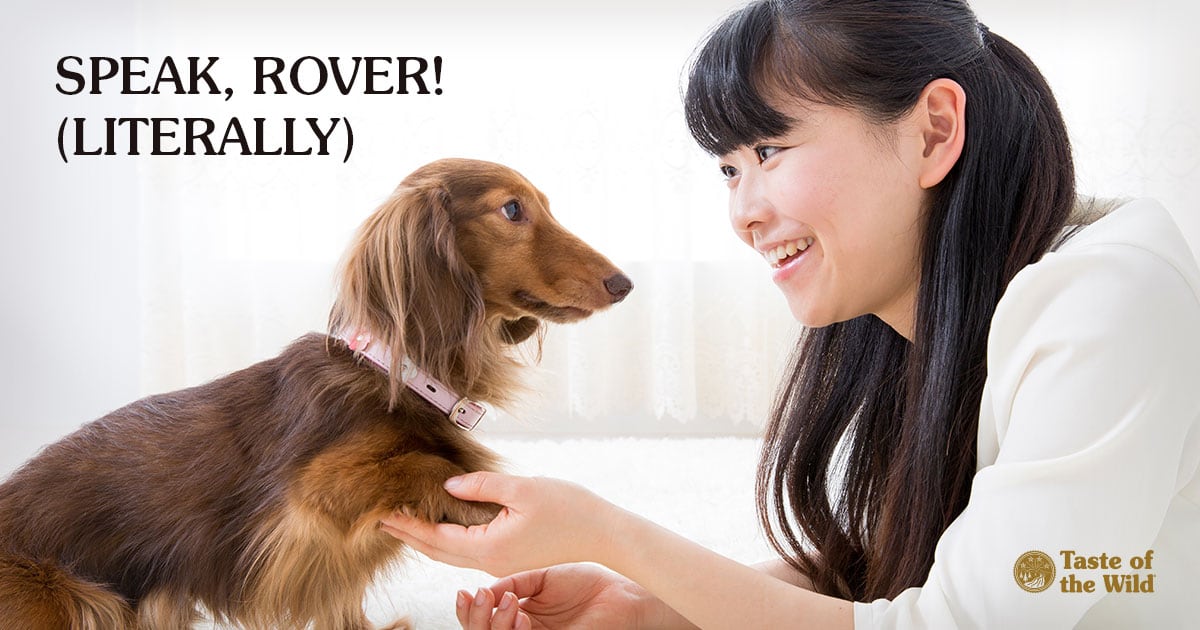
No doubt, you and your dog already communicate in a nonverbal way (although full-on conversations with your pet aren’t unheard of, even if they are a bit one-sided). For instance, he or she has a way of letting you know when a trip outside is needed, when the food or water bowl needs filling and when a belly rub is in order. But what if your dog could actually talk?
As it turns out, researchers at Georgia Tech’s Animal Computer Interaction Lab are close to an answer.
The FIDO project
As part of the FIDO (Facilitating Interactions for Dogs with Occupations) project, researchers are applying new technologies to improve working-dog communication with the people they assist. While an epilepsy service dog can walk in front of their handler to alert them of an oncoming seizure, for example, scientists are finding ways for the dog to say, “Please find a safe place to sit.” Or perhaps the dog could run to a neighbor and announce, “My owner needs help, please follow me.”
Using nose-activated vests, touchscreens and gender-appropriate recorded voices (a male dog would have a male voice), the researchers hope to extend the capabilities of a wide range of guide, service, hearing, search and rescue, and police dogs.
By “nosing” or pulling at various sensors on the vest, the dog can initiate electronics that emit verbal messages. Eventually, the voice messages could be tailored to the disability or job.
For now, the vest is still in development and researchers are working out the bugs, finding ways for the vest sensors to withstand dog slobber and intense scratching, for example. But soon, the team will try the vests on service dogs who work with autistic children. If they detect that a child is about to have an outburst, they could press a sensor that initiates a voice recording asking the child to please pet them now.
Communicating with a soundboard
Speech pathologist Christina Hunger invented a different way to help her dog Stella, a blue heeler and Catahoula mix, communicate with her. She created a voice output communication aid (VOCA) for her dog based on similar devices used by people who have difficulty with verbal communication.
Hunger’s device is a keyboard of large multicolored buttons that is placed on the ground. When Stella presses a button with her paw, it emits digitized speech. The various buttons represent activities such as walk or nap, objects like food or ball, emotions such as happy, and include her name as well as her two owners’ names. Hunger started training Stella when she was two months old, and now the dog can even create a sentence, communicating at a level similar to a 2-year-old child.
While true dog-to-human verbal communication is still a futuristic proposition, Hunger offers tips on how you can start talking with your dog. Or, you can simply be content in knowing that when your dog lays their head on your lap, it’s their way of saying just how much they love you.
The information in this blog has been developed with our veterinarian and is designed to help educate pet parents. If you have questions or concerns about your pet's health or nutrition, please talk with your veterinarian.
